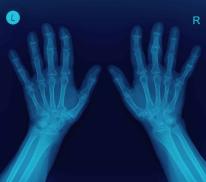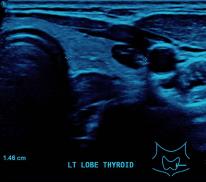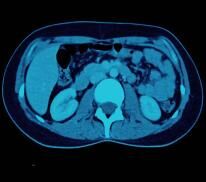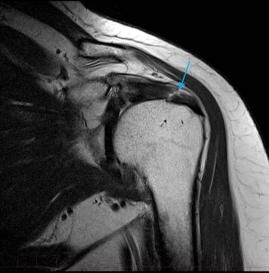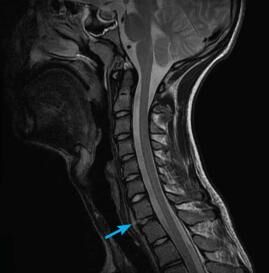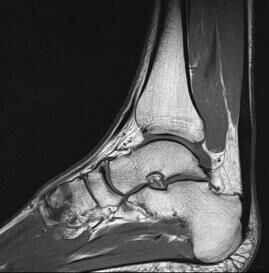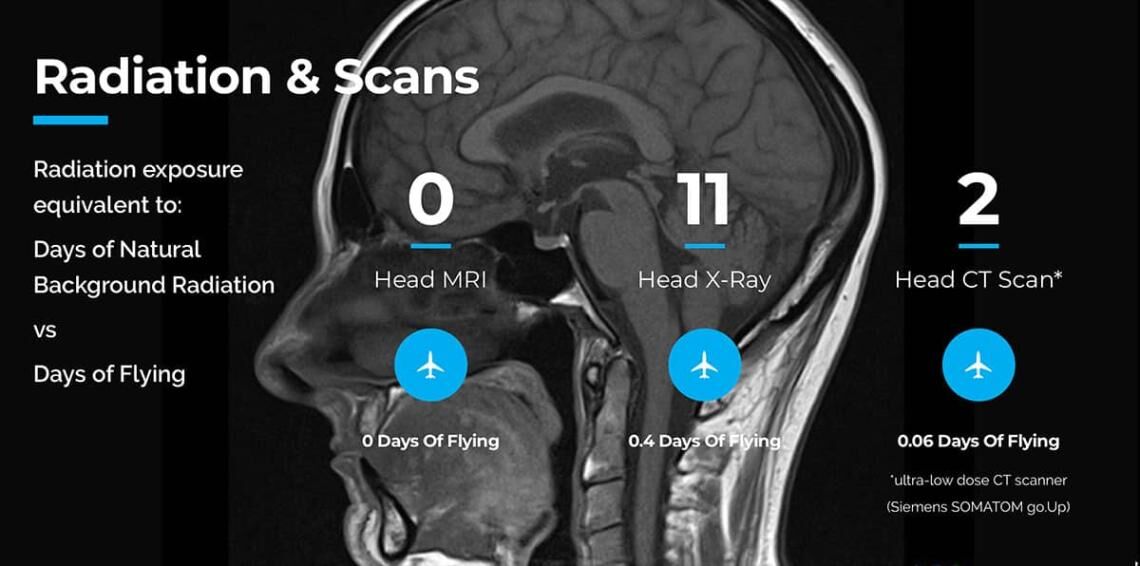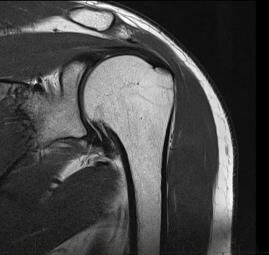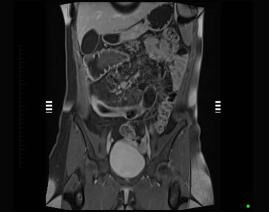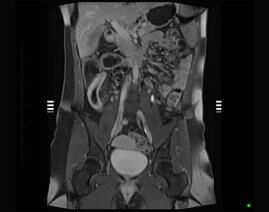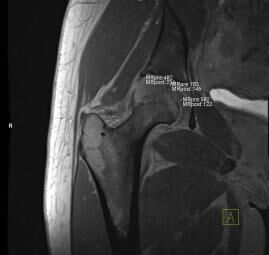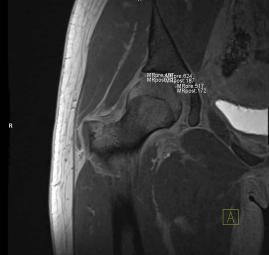Wide Bore Magnetic Resonance Imaging.
Balancing Efficacy and Comfort.
Among the diagnostic imaging equipment used in radiology, MRI is hailed as the best type of radiological scan. But even with its advantages over other imaging machines, its traditional diagnostic equipment still has its downsides.
Standard closed bore MRI machines, while producing excellent imaging quality and possessing superior speed and magnet strength, have made some patients feel claustrophobic during the MRI scan procedure. Large patients also have difficulty fitting in its narrow opening. Open MRI systems solve these specific patient discomforts, but they deliver reduced imaging quality due to decreased field strength, and they take longer to perform.
Wide bore MRI strikes the perfect balance between efficacy and patient comfort, delivering higher magnet strength, shorter procedure time, and excellent imaging quality when compared with an open bore MRI, and providing more space than a closed bore system. This incredible technology no longer requires choosing between quality and comfort— because it can provide both.
MRI Does Not Use Radiation
Wide Bore MRI Technology.
The open space in the middle of an MRI machine is referred to as the bore. The wide bore machine has a bore size of 70 centimetres in diameter which is 10 centimetres larger than that of the conventional closed bore MRI scanner. It may seem like a small change, but it has made a huge difference in providing comfortable medical imaging services to various patients.
Scanning for a Wider Demographic.
A wide or large bore MRI scanner provides a better, comfortable experience for clients. Its improved accessibility also effectively accommodates larger-sized patients, claustrophobes, and people with mobility issues— groups who would not have been able to undergo a traditional MRI scan.
Efficient Testing.
Less movement is required during an MRI scan to produce accurate imaging. However, the claustrophobic nature of traditional closed bore MRI machines make patients more nervous and fidgety during the procedure, causing errors and retakes resulting in the procedure taking longer.
With the wide bore providing greater space and comfort during MRI scans, not only will it provide accurate results, but will also decrease the usual amount of time patients remain in the scanner for repeat scans.
Further Information.
Referring doctors are welcome to discuss with our radiologists the imaging needs of their patients and whether a wide bore MRI is suitable for their patient’s medical condition.
Specialist Radiologists.
MSK & MRI Fellowship Trained Radiologists
